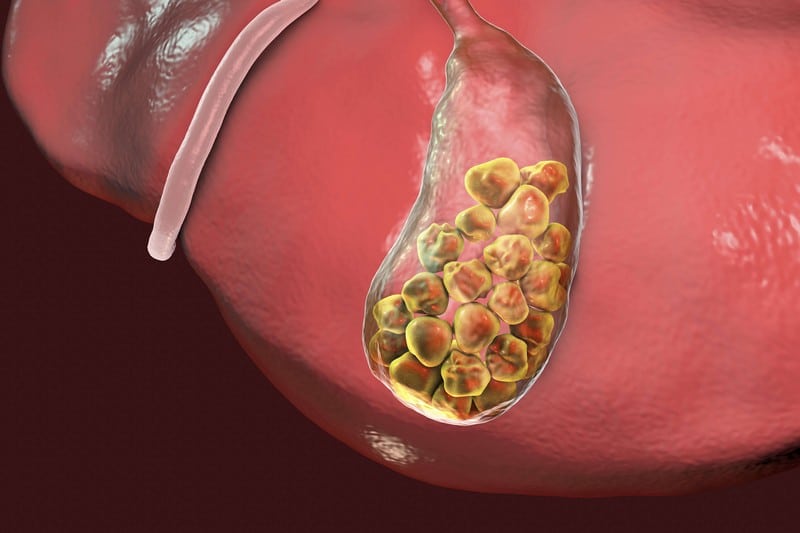Gallstones

Gallstones are small stones that form in the gallbladder, a small organ located under the liver. The gallbladder’s main function is to store bile, a substance produced by the liver that helps break down fats. Gallstones can form when there is an imbalance in the components of bile, causing it to crystallize and harden. These hardened pieces of bile can range in size from a tiny grain of sand to a large pebble.
Most gallstones do not cause any symptoms and do not require treatment. However, if a gallstone lodges itself in the ducts that connect the gallbladder to the small intestine, it can block the flow of bile and cause severe liver pain. This is known as a gallstone attack or pancreatitis, and it typically occurs after eating a fatty meal.
The pain associated with gallstones typically begins in the upper-right abdomen and radiates to the back. It may also be felt in the right shoulder blade or between the shoulder blades. The pain may come and go or may be constant and severe. Gallstone attacks typically last for one to four hours but can sometimes last for days.










